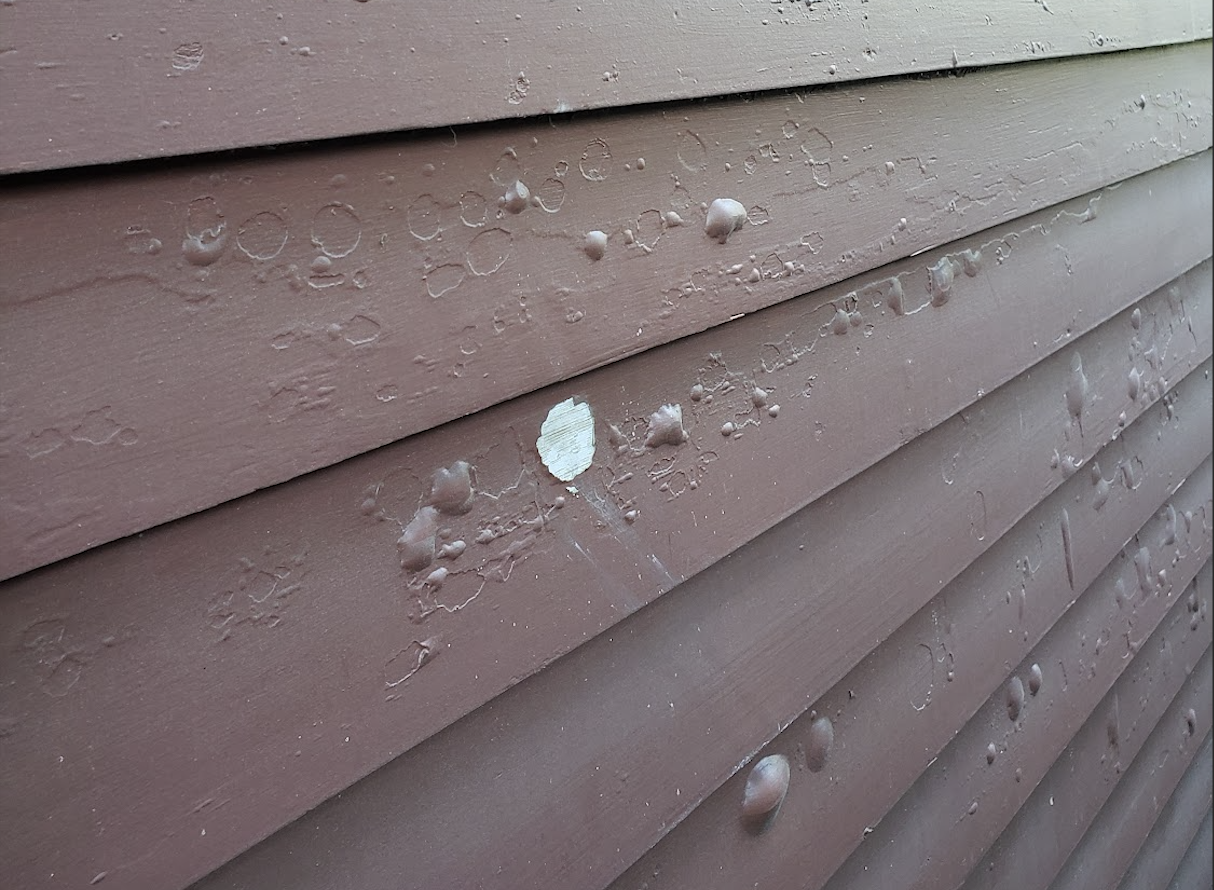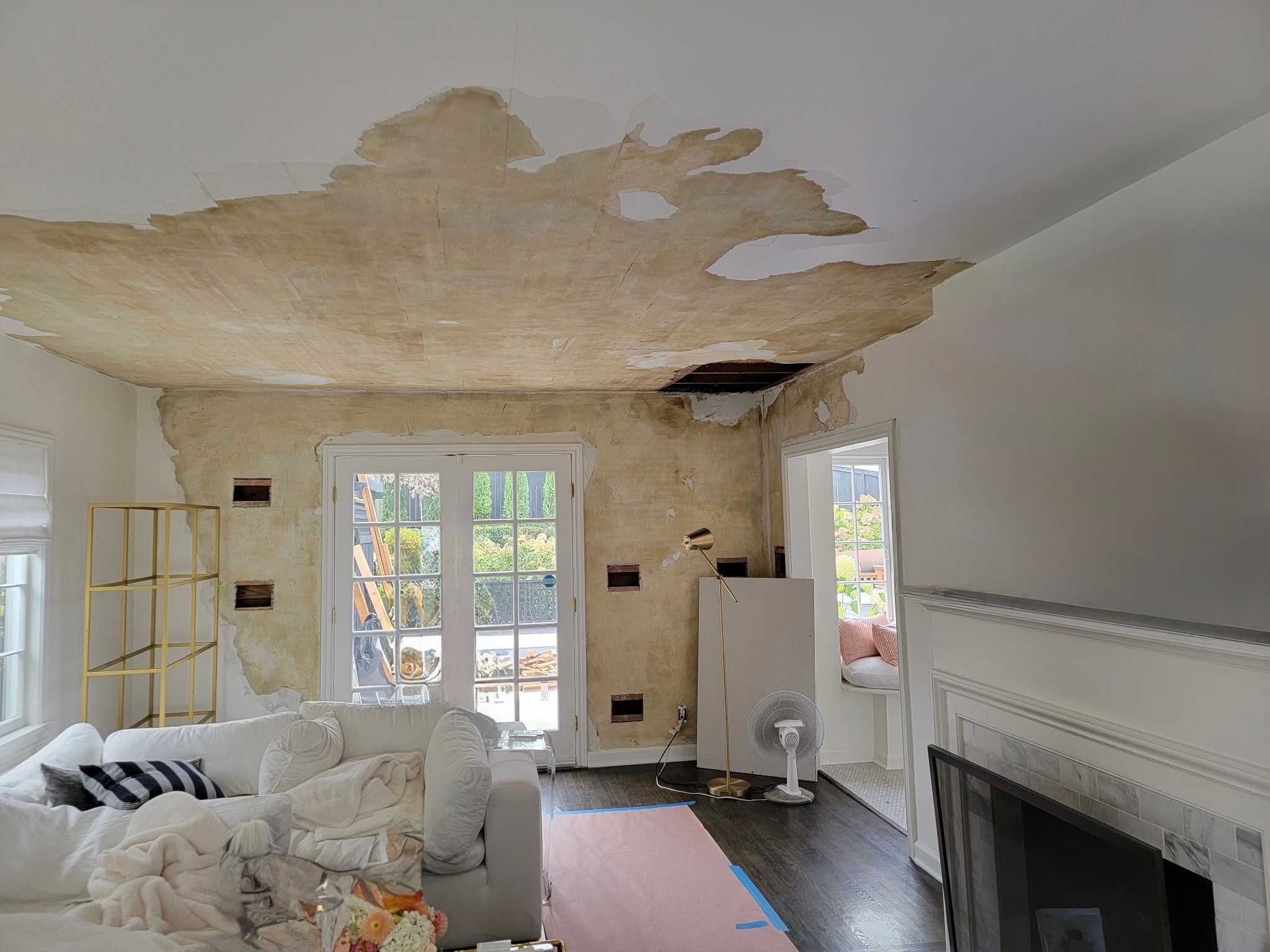At Phinney Ridge Painting, we want our clients to have all the facts when making design decisions—especially when it comes to choosing exterior paint colors. One of the biggest considerations we discuss with homeowners is Light Reflectance Value (LRV), and specifically, the risks associated with colors that fall below an LRV of 20.
For colors in this range, we cannot provide any warranty. The reason is simple: most potential failures—whether in paint, caulk, or siding—can happen almost immediately, within weeks or months of application. While issues like siding or window replacement may not arise for years, the appearance and health of your paint job can be compromised right away when dark colors are used.
Why Dark Colors Cause Problems
The heat absorption issue with dark paint colors is the same regardless of siding type. Black or navy paints, for example, can raise siding temperatures to two or even two-and-a-half times the outdoor air temperature in direct sun. The only way to mitigate that effect is to avoid dark colors entirely or restrict them to homes that are fully shaded. While siding materials react differently—Hardie cement board won’t fail in the same way as cedar—the excess heat can still cause problems for adjacent materials like windows, trim, or HVAC components. In extreme cases, we’ve even seen Hardie panels crack due to the expansion and contraction caused by dark paint.
The Main Concerns With Dark Paint Colors
- Fading: Excess heat speeds up oxidation, meaning even the best paint can show noticeable fading within a year—especially on south-facing walls.
- Damage to Materials: Expansion and contraction can cause cupping, cracking, and splitting in siding and trim, as well as fogging in vacuum-sealed windows.
- Dimensional Changes: As siding loses internal moisture from heat, it shrinks, potentially exposing older paint layers and caulk.
- Bubbling: Fresh paint is flexible for the first six months, but dark colors heated to extreme temperatures can stress underlying coatings, leading to lifting and bubbling.
- Cleaning Challenges: Dark colors show dirt, dust, spider droppings, and other debris more easily, often requiring frequent professional cleaning.
- Urban Heating: Large surfaces painted dark can contribute to heat island effects, increasing indoor cooling demands and energy use.
How the Dark Color Trend Took Hold
The popularity of dark siding and trim colors began about 15 years ago with the rise of cement board products like James Hardie siding. Within a decade, many builders abandoned the trend due to the long list of problems it caused. However, Washington State’s short one-year warranty for new construction meant many builders and designers faced no long-term accountability, allowing the trend to spill over into residential repaints.
While painting a modern structure in dark colors is one thing, applying them to craftsman, Tudor, and WWII-era homes built from old-growth wood is quite another. Historically, Seattle’s early builders—many from northern Europe—understood the harm heat could do to softwoods like cedar and Douglas fir. That’s why white or off-white undercoats are so common when we strip older homes. Without modern cooling systems, these builders relied on lighter colors to protect their materials from heat-related damage.
Our Perspective and Approach
Our specialty lies in preserving historical homes, protecting irreplaceable old-growth siding, and ensuring that a quality paint job lasts 15–20 years. From decades of experience, we know that temperature management and ventilation are critical for the long-term health of these homes. Since the dark color trend began, we’ve consistently advised clients against it to avoid costly and sometimes irreversible damage.
Changing your home’s color—especially to a darker shade—changes the environment your siding and trim live in. That change can have no ill effects, or it can mean repainting or replacing materials within just a few years. Our goal is to make sure every homeowner is informed about the risks and benefits of their color choices so they can enjoy lasting beauty and durability without unexpected repair bills.







.svg)

